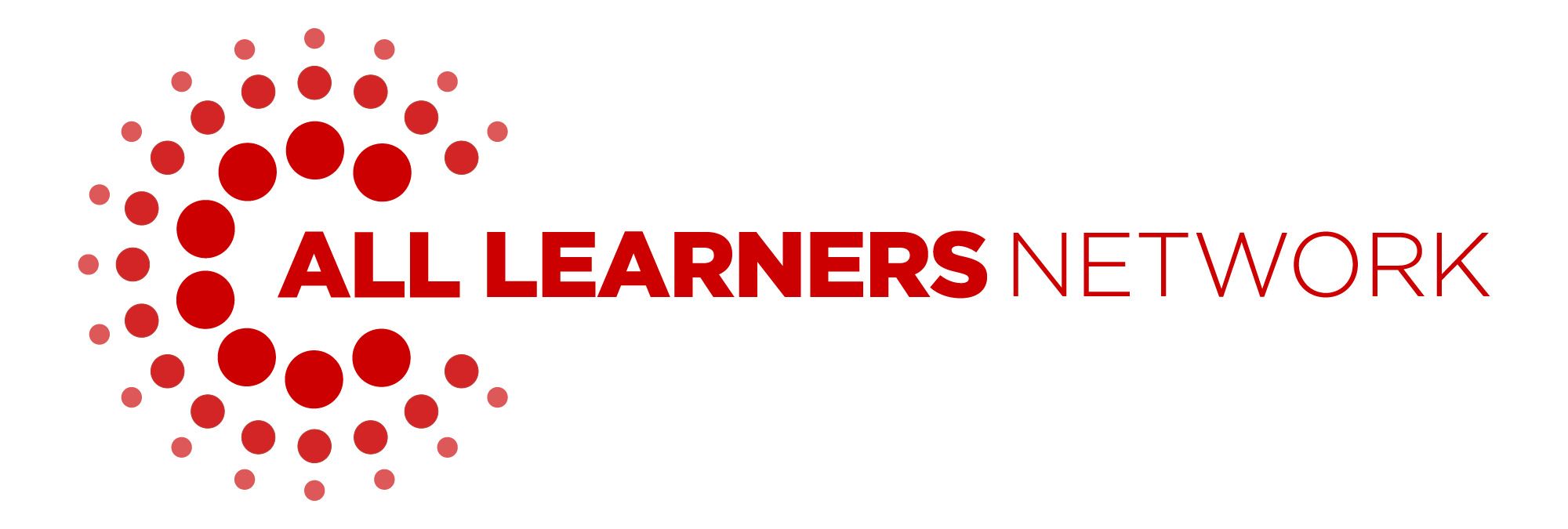
A Call to Stop Labeling Our Students
Recently, the All Learners Network (ALN) leadership team worked on a five-year plan. We dreamed big with the goal of spreading our mission around the country. In this projection, we designed a plan aimed at supporting thousands of districts, schools, teachers, and most importantly, individual student success. Over the five years, this equates to ten times our current outreach. As we spoke to our financial advisors, even though everything that we had projected was based on business data, we still wondered if we dreamed too big and should scale back our projections. Our financial advisor, Brendan, had a very clear message, “Do not create a second set of projections. Keep this one. Live it. Dream it. Believe it. Manifest it. Make these goals the ones that come into being.”
Just days before this business meeting, I had initiated a tough conversation with a group of teachers encouraging the group to question how the practice of fixed labeling of students (the low kids, the SPED kids, the high kids, etc) creates barriers as it exemplifies a fixed mindset. The tough conversation came after teachers were looking at student work and made statements like “well I know she really understands even though the work doesn’t show it. She’s one of the high kids” and, “yeah, but she’s one of the low kids.” Later when teachers were talking about next instructional steps, I heard things like, “This group is my high flyers” and “These are the IEP kids.” During the conversation regarding the use of these labels, some teachers were aware and defensive of their use of labels on students. They felt that their love for their students and their hard work toward helping all students learn and grow made the labeling meaningless. The first part was true; these teachers were a hard-working group of teachers who loved their students and wanted the best for all of them. At the same time, labels can cause unintended harm and the consequences can drastically impact students’ experiences in school.
In the business meeting with Brendan, I realized that our hesitancy to maintain our business goals was parallel to the conversation I had with the group of teachers regarding labeling students. As Brendan reinforced our need to hold our expectations for our company firm, we as educators must maintain the same commitment to our students. We hold all students to the same high standards with a belief that all students can achieve their fullest potential as mathematicians. Brendan’s steadfast commitment to our company’s goals mimics the commitment we need to make to support all students in learning grade-level content.
ALN’s intention to create a second set of projections was not outwardly saying, “We can’t do this” but the underlying message was just that. Likewise, when a teacher labels a student as one of the “low kids,” they are not outwardly saying, “This student can’t learn!” but they are inferring just that; the “low kids” will always be the low kids. In turn, that is exactly what happens. We, at ALN, seek to position all students as capable and confident mathematicians, in the same way we seek to position ALN as a change maker in the world of math education.
Unhelpful labels impact our beliefs about perceived potential. This, in turn, changes our student expectations impacting students’ opportunities to achieve their full potential. Labeling a student “one of the low kids” or “one of the high kids” often leads to “expected membership” to certain instructional groups, regardless of what formative assessment shows. Likewise, when we remove those labels we are freed to use formative assessment to inform our instructional decisions based on actual (not perceived) students' needs allowing all students’ to meet their potential. John Hattie’s research synthesizing instructional influences to student achievement supports this idea as not labeling students has a positive effect on their student achievement (.61 effect size) while ability grouping has no significant effect on student achievement (.12 effect size) (Hattie, 2011).
Collectively, just as ALN must believe in our power to reach our full business potential, we must have that same belief in our students. We must always believe that all means all and speak about our students and teach our students in a way that is clear that we believe in their full potential. We must use current formative assessment, not our past perceptions, to determine what our students know and understand, and leverage that understanding to inform our instruction.
Hattie, J. (2011). Visible learning for teachers: Maximizing Impact on learning. Routledge.
Click here for the printable version.
What Now?
- Read Chapter 2 of our free e-book, Teaching Math for All Learners, to learn more about how our All Learners Lesson Structure creates purposeful inclusion and differentiation throughout a math block.
- Sign up for All Learners Online (ALO) through our ALO Free account option. Once you create a free account, take one (or both!) of our 3-hour foundation courses, Math for All Learners and Specialized Math Instruction.
- Bring All Learners Network (ALN) into your school or district for embedded professional development. Ready to chat? Schedule a meeting with our team today!

All Learners Network is committed to a new type of math instruction. We focus on supporting pedagogy so that all students can access quality math instruction. We do this through our online platform, free resources, events, and embedded professional development. Learn more about how we work with schools and districts here.




